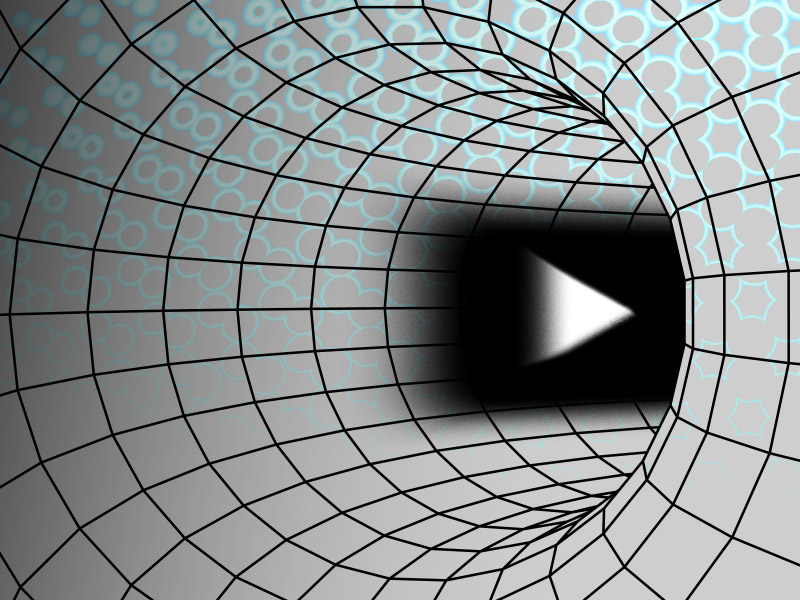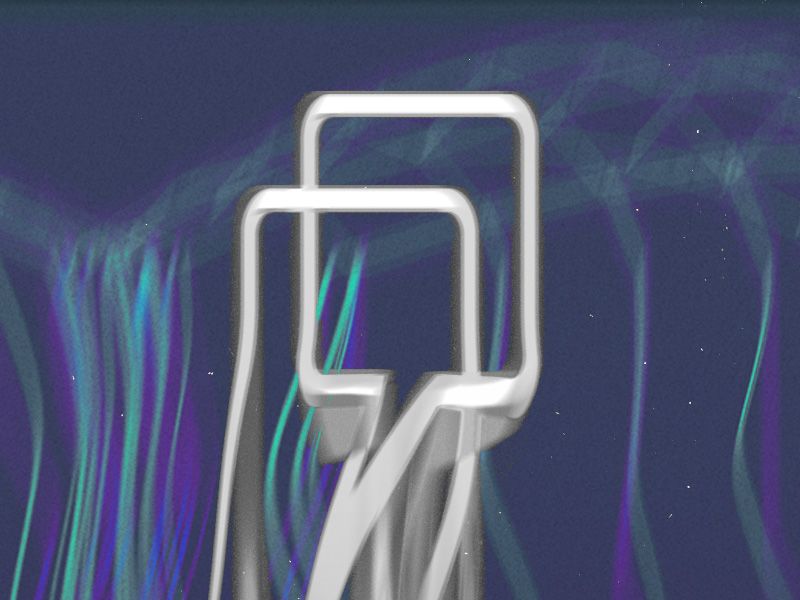In 2024, YouTube is experiencing a remarkable surge in the popularity of educational content, marking a significant shift in how people acquire knowledge and skills.
With a 35% increase in educational video uploads and over 50 million daily viewers tuning in for tutorials, online courses, and informative videos, YouTube has solidified its role as a global educational powerhouse.
This trend is reshaping the landscape of informal learning, providing unprecedented access to a vast array of subjects and expertise.
The Rise of Educational Content
Educational content on YouTube is not a new phenomenon, but its growth in recent years has been exponential.
This surge can be attributed to several factors, including the increasing accessibility of the internet, advancements in video production technology, and a growing demand for flexible, on-demand learning options.
Creators from diverse backgrounds, ranging from professional educators to passionate hobbyists, have leveraged the platform to share their knowledge with a global audience.
The types of educational content available on YouTube are incredibly diverse. Users can find videos on virtually any topic, from traditional academic subjects like mathematics and science to practical skills such as cooking, coding, and DIY projects.
This breadth of content allows learners of all ages and interests to find resources tailored to their specific needs.
Impact on Formal Education
YouTube’s educational boom is also influencing formal education systems. Many teachers and institutions now incorporate YouTube videos into their curricula to supplement traditional teaching methods.
These videos provide dynamic visual explanations that can enhance students’ understanding of complex concepts.
Additionally, the platform’s interactive features, such as comments and live streams, facilitate real-time engagement and discussion, creating a more interactive learning experience.
Moreover, the rise of YouTube as an educational tool has sparked the development of new pedagogical approaches.
Flipped classrooms, where students watch instructional videos at home and engage in hands-on activities in class, are becoming increasingly popular.
This model allows educators to maximize classroom time for interactive learning and personalized instruction.
Empowering Lifelong Learners
One of the most significant impacts of YouTube’s educational content boom is its role in promoting lifelong learning.
In today’s rapidly changing world, the ability to continuously acquire new skills and knowledge is crucial.
YouTube provides a platform for individuals to pursue their interests and career development at their own pace, regardless of their geographic location or financial situation.
The platform’s accessibility is particularly beneficial for adult learners seeking to upskill or reskill. Whether learning a new language, mastering a musical instrument, or gaining proficiency in the latest software, YouTube offers a wealth of resources that cater to various learning styles.
This democratization of education empowers individuals to take control of their learning journeys and achieve their personal and professional goals.
Challenges and Considerations
Despite its many advantages, the rise of educational content on YouTube also presents challenges. The sheer volume of content can make it difficult for users to discern credible sources from less reliable ones.
As a result, critical thinking and media literacy skills are essential for navigating the platform effectively.
Content creators also face challenges in monetizing educational videos, as the platform’s ad revenue model may not always provide sufficient compensation for high-quality, informative content.
This has led some creators to explore alternative revenue streams, such as sponsorships, memberships, and merchandise sales, to sustain their educational endeavors.
Looking Ahead
As we move further into 2024, the future of YouTube’s educational content looks promising. The platform’s commitment to supporting educational creators, combined with the growing demand for flexible and accessible learning options, suggests that this trend will continue to thrive.
Innovations such as augmented reality (AR) and virtual reality (VR) are poised to enhance the educational experience further, offering immersive and interactive learning opportunities.
In conclusion, YouTube’s educational content boom is transforming the way people learn and access information.
By providing a vast and diverse array of resources, YouTube is breaking down barriers to education and fostering a global community of lifelong learners.
As the platform evolves, it will undoubtedly continue to play a pivotal role in shaping the future of education.
My Personal Journey with YouTube Learning
I’ve always been a fan of learning new things, but finding the time and resources has often been a challenge. YouTube has changed all that for me.
I remember the first time I used YouTube to learn something new – it was a simple cooking recipe.
I wanted to impress my friends with a homemade pizza, and after watching a few tutorials, I managed to make one that was actually pretty good!
Since then, my YouTube learning journey has expanded into all sorts of areas. I’ve taken up photography, learned basic coding, and even dabbled in playing the guitar – all thanks to YouTube’s vast library of educational content.
The ability to pause, rewind, and re-watch videos has been a game-changer, allowing me to learn at my own pace and revisit complex topics as needed.
A New Era of Learning
One of the most fascinating aspects of YouTube’s educational boom is the community that comes with it. Comment sections often become mini-forums where learners share tips, ask questions, and support each other.
I’ve connected with people from all over the world who are on similar learning journeys, and it’s been incredibly motivating.
The rise of creators who specialize in educational content is another highlight. Channels like CrashCourse, Khan Academy, and TED-Ed offer high-quality, engaging videos on a wide range of topics.
These creators are not just teachers; they are passionate individuals who bring their unique perspectives and energy to the subjects they cover.
Innovative Learning Tools and Techniques
YouTube’s commitment to enhancing educational content is evident in its support for innovative tools and techniques.
Features like interactive quizzes, chapters, and timestamps make it easier for viewers to navigate and engage with videos.
Live streaming has also opened up new possibilities for real-time interaction, allowing viewers to ask questions and participate in discussions during lectures and tutorials.
Additionally, YouTube’s algorithms have become increasingly adept at recommending relevant content, helping learners discover new topics and delve deeper into subjects of interest.
This personalized learning experience is something traditional educational systems have struggled to provide.
The Future of YouTube Learning
Looking ahead, the potential for YouTube to further revolutionize education is immense. Imagine virtual reality classrooms where you can interact with historical figures, explore ancient civilizations, or conduct science experiments in a safe, controlled environment.
The integration of AR and VR technologies is likely to make these scenarios a reality, providing immersive learning experiences that go beyond what’s possible in a traditional classroom.
Moreover, as more educational institutions and professional organizations recognize the value of YouTube as a learning tool, we can expect to see more formal partnerships and collaborations.
Online certifications and courses offered through YouTube could become more commonplace, providing learners with valuable credentials recognized by employers and educational institutions alike.
How to Get the Most Out of YouTube Learning
If you’re new to using YouTube for educational purposes, here are a few tips to help you get started:
- Identify Your Interests: Start by identifying what you want to learn. Whether it’s a new skill, a hobby, or an academic subject, having a clear goal will help you find relevant content.
- Subscribe to Educational Channels: Subscribe to channels that consistently provide high-quality educational content. This will make it easier to find new videos and stay updated on your favorite topics.
- Engage with the Community: Don’t be afraid to participate in the comments section. Ask questions, share your thoughts, and connect with other learners. The community aspect of YouTube can enhance your learning experience.
- Use Playlists and Watch Later: Create playlists of videos you find useful or save them to your Watch Later list. This way, you can organize your learning and easily revisit important videos.
- Take Notes and Practice: Treat YouTube learning like any other educational activity. Take notes, practice what you’ve learned, and apply it in real-world scenarios. This will help reinforce your knowledge and skills.
YouTube has truly democratized education, making it accessible to anyone with an internet connection.
Whether you’re looking to pick up a new hobby, advance your career, or simply satisfy your curiosity, YouTube offers a world of knowledge at your fingertips.
So why not dive in and see where your learning journey takes you?




